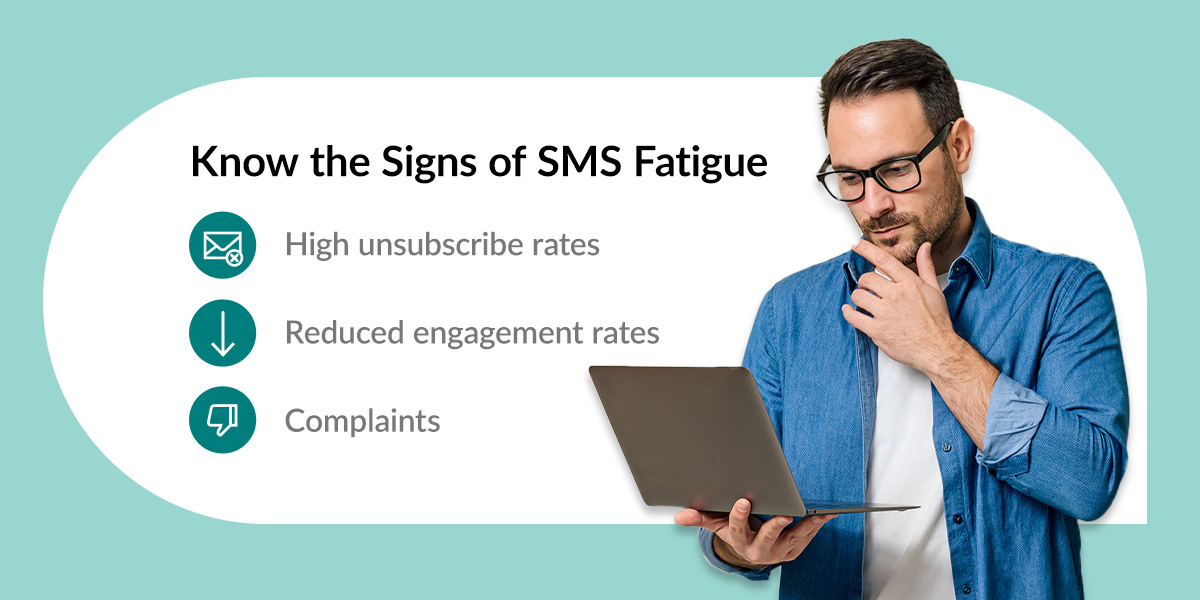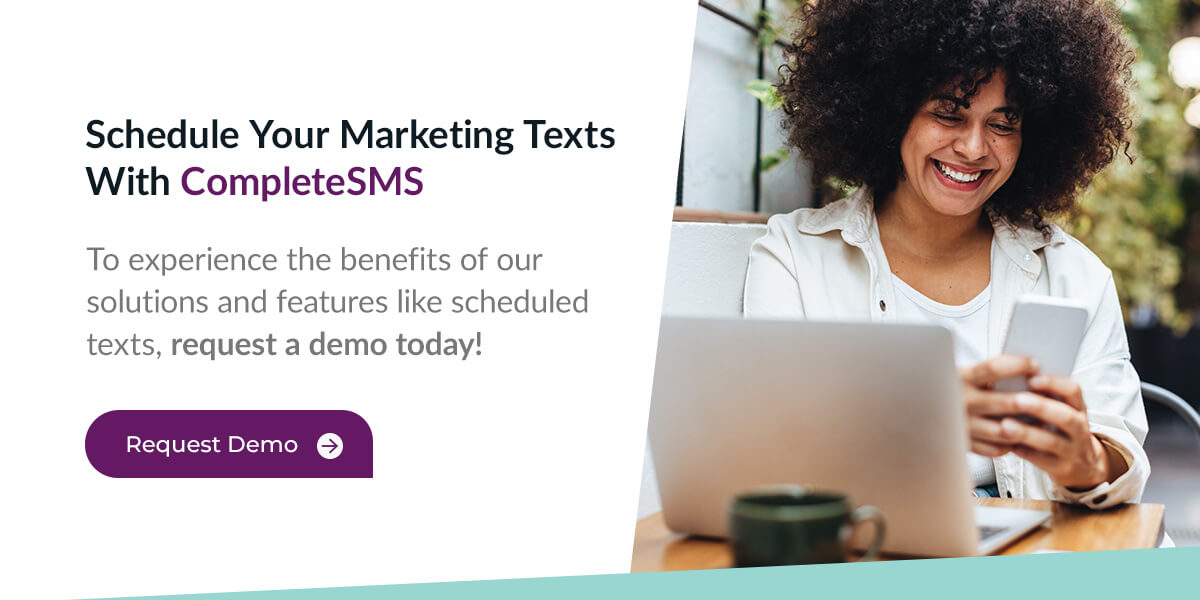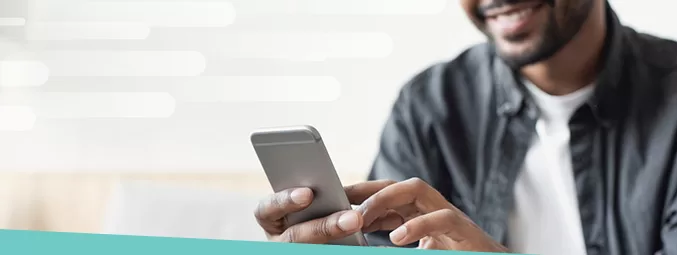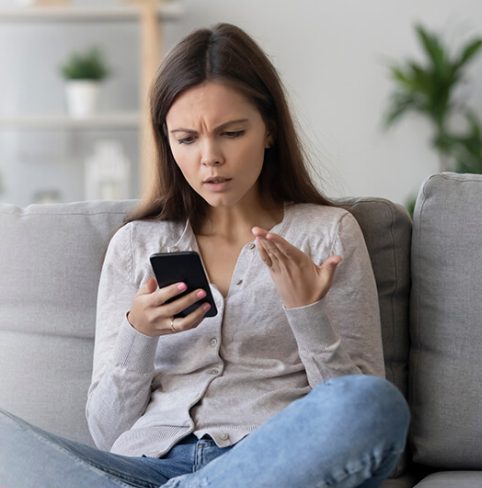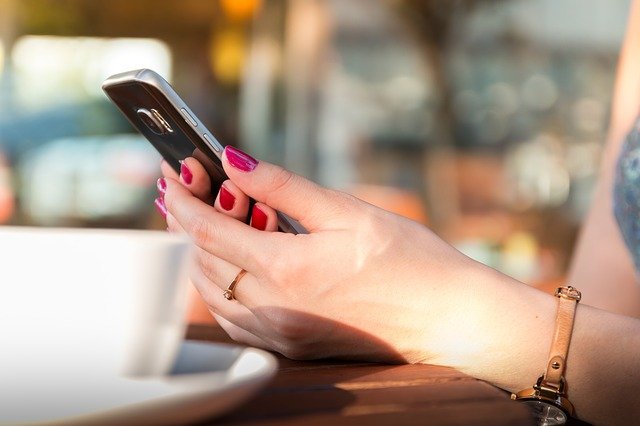As SMS campaigns have an impressively high open rate of 98%, texting is one of the most effective tools for marketing. However, over-texting could be doing more harm than good. Learn how to determine the right SMS frequency to ensure effective communication and maintain positive customer relationships.
Why Is SMS Frequency Important?
SMS frequency has the potential to make or break your texting campaign. Each text you send costs your business money, and if your frequency misses the mark, you could be throwing money away while straining customer relationships.
Sending too many messages or sharing irrelevant content creates the risk of people losing interest or unsubscribing. Because texting involves contacting customers on a personal channel, respecting their boundaries is key. A flurry of SMS messages could also cause mobile carriers to flag your texts as spam, resulting in blockages.
However, infrequent or inconsistent messaging isn’t recommended either. People might forget about your business, and your campaign likely won’t have the impact you’d hoped for. You want to find the right balance, sending just the right amount of texts to ensure you stay top-of-mind without overwhelming your audience.
What Is the Ideal SMS Marketing Frequency?
There’s no magic number when it comes to the ideal SMS marketing frequency. Determining how often you should be texting your customers can be tricky—some people might want businesses to contact them once a week, whereas others might view this as excessive.
Perfecting your frequency also depends on the following factors:
- Industry: Each business is different, and consumer expectations for SMS marketing vary depending on the industry. For e-commerce or retail businesses, customers might expect regular promotional texts and restock updates. Yet, for healthcare companies, patients will likely prefer fewer but more vital messages, like appointment confirmations and payment reminders.
- Customer segments: Tailor frequency based on recipients’ engagement levels. Loyal customers who frequently engage with your business may be happy to hear from you more often, but you may want to dial it back with those who aren’t as active.
- Message type: Transactional marketing texts, like order confirmations and payment alerts, are almost always welcome. That’s because such messages only contain essential information, making recipients’ lives easier. However, be more mindful of promotional messages, such as those containing limited-time offers and discounts. The goal of these texts should be to keep customers engaged without going overboard.
- Customer life cycle stage: Customers are all at different stages of their relationship with your business—your texts should reflect this. For new leads, texts could be more frequent initially and then gradually taper off. Regularly texting active customers, such as sending a biweekly message, can help nurture these relationships. If someone becomes dormant, bumping up the frequency again can help reignite the spark.
Best Practices for Optimizing Your SMS Frequency
Here are some best practice tips for understanding what your customers want and how to tailor your SMS frequency accordingly:
1. Tell Customers What to Expect
If it’s part of your marketing strategy to send weekly updates or daily offers, make this clear from the start. Signup forms and other methods through which you obtain opt-ins from customers are great places to explicitly state how often subscribers can expect to receive your texts.
The welcome text new subscribers receive after opting in is another opportunity to remind them of your messaging frequency. You should also provide opt-out instructions for anyone who changes their mind.
2. Ask Customers About Their Preferences
Let customers choose how often they want to receive your texts. You can ask new subscribers how frequently they’d like to hear from you by providing different options when they opt in. This will make it easy to segment customers based on their preferences, allowing you to send texts at a frequency that works for each customer.
If you already have a big subscriber list and are unsure about their desired frequency, text blasts can be a helpful tool. Just send a text along the lines of: “Hey, [Name]! How often do you want to receive our texts? Reply DAILY, WEEKLY or MONTHLY.”
3. Know the Signs of SMS Fatigue
The following signs could indicate that you’re texting your customers too often:
- High unsubscribe rates: One of the biggest signs you might be overwhelming customers is a spike in unsubscribes. While it’s normal for some customers to opt out, be cautious if your unsubscribe rate is higher than usual.
- Reduced engagement rates: If you notice lower interactions with the links you share or receive fewer responses when requesting a reply, recipients might not be engaging with your texts. This could mean they either already got the gist of your communications or aren’t interested.
- Complaints: One of the biggest perks of SMS is the channel’s two-way communication capabilities. However, this opens your business up to the occasional negative response. If customers have explicitly told you to stop texting them so much, it’s best to heed their warning.
4. Let Subscribers Press Pause
Offer customers the opportunity to temporarily pause promotional texts for a certain amount of time. For example, you could set up a keyword such as “PAUSE.” When customers respond with this keyword, you can add them to a new contact list that excludes them from such communications.
This lets subscribers take a breather until they’re ready to reengage with your business. It’s a much better option than completely unsubscribing, as it doesn’t mean recipients never want to hear from you ever again—they just need some space.
5. Make Promotions Relevant
Around 72% of customers will only engage with personalized messages. Beyond addressing recipients by name, offer deals, discounts and promotions tailored to their interests and buying behaviors. Here are some examples:
- Hey Sarah! We saw you eyeing our latest drop of organic haircare products. Get free shipping when you order any product from our organic collection! Shop now at [Link].
- Hi Matt, ready to smash those fitness goals? Since you’ve been loving our HIIT classes, we’re offering you a 15% discount for your next session! Book your class now: [Link].
- Hi Emily, craving pizza tonight? We know you’re a fan of our Pepperoni. Get a large Pepperoni pizza for the price of a small one for tonight only! Order now: [Link].
The more relevant your offerings are, the more value they provide and the more customers will want to receive your texts.
What Is the Best Time to Send SMS Marketing Messages?
Your timing is just as crucial as your frequency. Since SMS marketing is so instant, you want to reach your customers when they’ll be able to read your texts. Transactional texts are typically triggered by something the recipient has done, so you can send these anytime. For example, a customer who has placed an order at 11 p.m. will expect an immediate order confirmation.
However, you should only send promotional texts at appropriate hours—this way, you’re being courteous to your subscribers. The best time to send SMS messages about discounts and deals is between 8 a.m. and 9 p.m. when you know recipients are likely to be awake.
While customers check their phones an average of 58 times daily, consider what they’ll be doing when they receive your texts. Are they starting their morning, or are they unwinding after a long day? Maybe they’re stuck in a meeting? With this in mind, an ideal time of day to send marketing SMS messages could be at lunchtime. You’ll skip out on the morning rush, and people might be more inclined to take the desired action compared to if they were lying on the couch.
The best time to send SMS marketing is also dependent on the content. For texts offering recipients an in-store deal, it’s best to send them in the morning so the recipient can take action at some point in their day. If you’re giving customers exclusive access to a new product release online, message them in the evening so that they’re less likely to miss it while they’re busy with work. Although they’re transactional, payment and appointment reminders should also be sent at strategic times.
Schedule Your Marketing Texts With CompleteSMS
Once you’ve optimized your SMS frequency and determined the right time to send marketing SMS messages to your customers, the next step is to schedule your texts. Doing so can give you more control over when your messages reach your audience, ensuring your customers receive the right message at the right time and enhancing your overall communication strategy.
CompleteSMS offers the easiest way to send texts from a computer to any mobile device. Our business SMS solutions allow you to queue your messages and schedule them to be sent automatically at a future time of your choice.
To experience the benefits of our solutions and features like scheduled texts, request a demo today!



